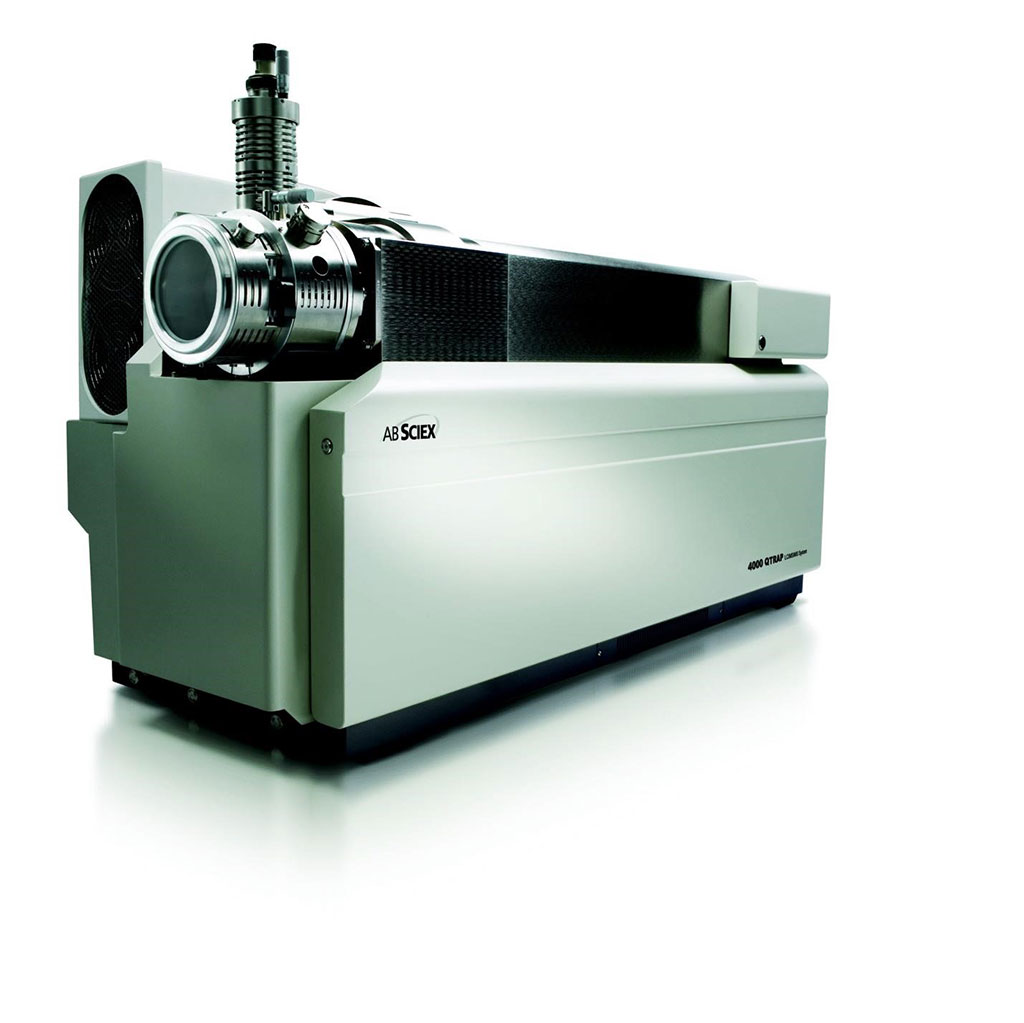Dolichol Biomarker Evaluated for Congenital Disorders of Glycosylation
By LabMedica International staff writers
Posted on 14 Aug 2020
A congenital disorder of glycosylation (CDG; previously called carbohydrate-deficient glycoprotein syndrome) is one of several rare inborn errors of metabolism in which glycosylation of a variety of tissue proteins and/or lipids is deficient or defective.Posted on 14 Aug 2020
CDG often cause serious, sometimes fatal, malfunction of several different organ systems (especially the nervous system, muscles, and intestines) in affected infants. Dolichol is a membrane lipid which carries monosaccharides and glycans for N-linked protein glycosylation occurring in the endoplasmic reticulum.

The AB MDS SCIEX API4000 tandem mass spectrometer (Photo courtesy of SCIEX).
Scientists from the Charles University and General University Hospital (Prague, Czech Republic) analyzed urine samples from 75 controls, six patients with CDG ((NUS1-CDG, SRD5A3-CDG, two with PMM2-CDG, PGM1-CDG, DPAGT1-CDG), and 43 patients with suspicion of CDG. Furthermore, tissue homogenates (frontal cortex, skeletal muscle, heart and liver) from two NUS1-CDG patients and two controls (at the age 0–5 years) were also analyzed. The dolichol ratio determination was established as a non-invasive screening method and evaluated through a screening for rare CDG syndromes.
The urine and tissue samples were processed and homogenized with a 4710 Series Ultrasonic Homogenizer, (Cole Parmer, Vernon Hills, IL, USA). The dolichols (Dol) were analyzed by using the AB MDS SCIEX API4000 tandem mass spectrometer (Applied Biosystems, Foster City, CA, USA) coupled with Agilent 1290 Infinity UPLC System (Agilent Technologies, Santa Clara, CA, USA).
The dolichol 18 to dolichol 19 (Dol18/Dol19) ratio biomarker was compared in urine samples with different CDGs to evaluate its use for identifying these disorders. The investigators reported that in the control group, a significant correlation between the ratio of Dol18/Dol19 and age was found in urine. They established a reference range for Dol18/Dol19 from the urine samples. The ratio of Dol18/Dol19 was significantly higher in both urine and tissue samples from patients with mutation in NUS1 in comparison to controls.
The authors concluded that their results on test samples show a novel diagnostic option for patients with rare congenital disorders of glycosylation, especially for those with pathological mutations in NUS1, who cannot be detected by usual screening methods. The study was published in the August, 2020 issue of the journal Clinica Chimica Acta.
Related Links:
Charles University and General University Hospital
Cole Parmer
Applied Biosystems
Agilent Technologies













